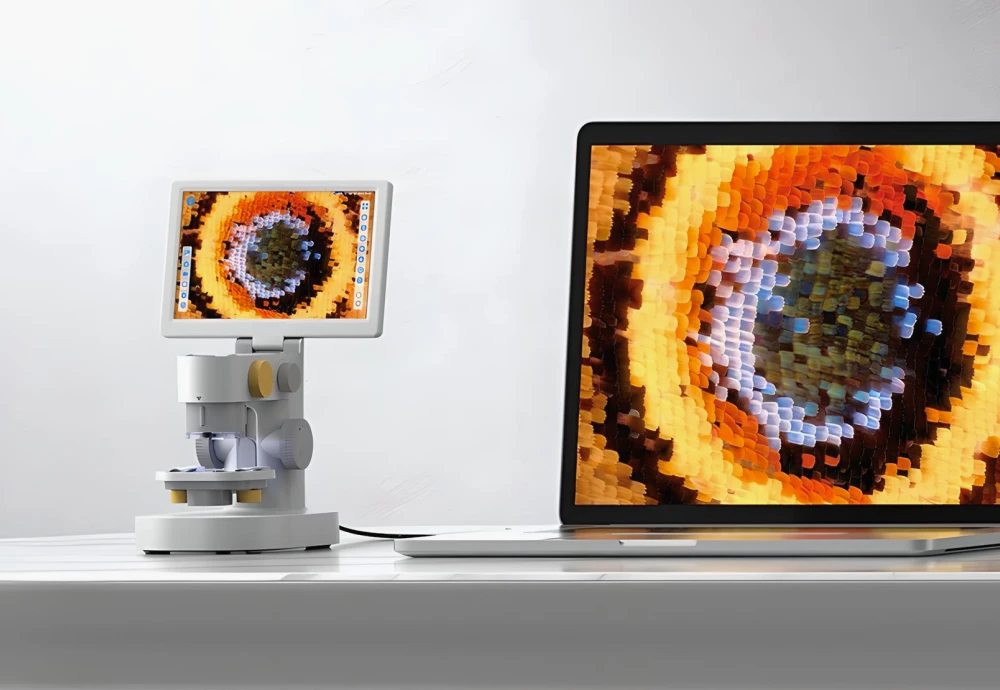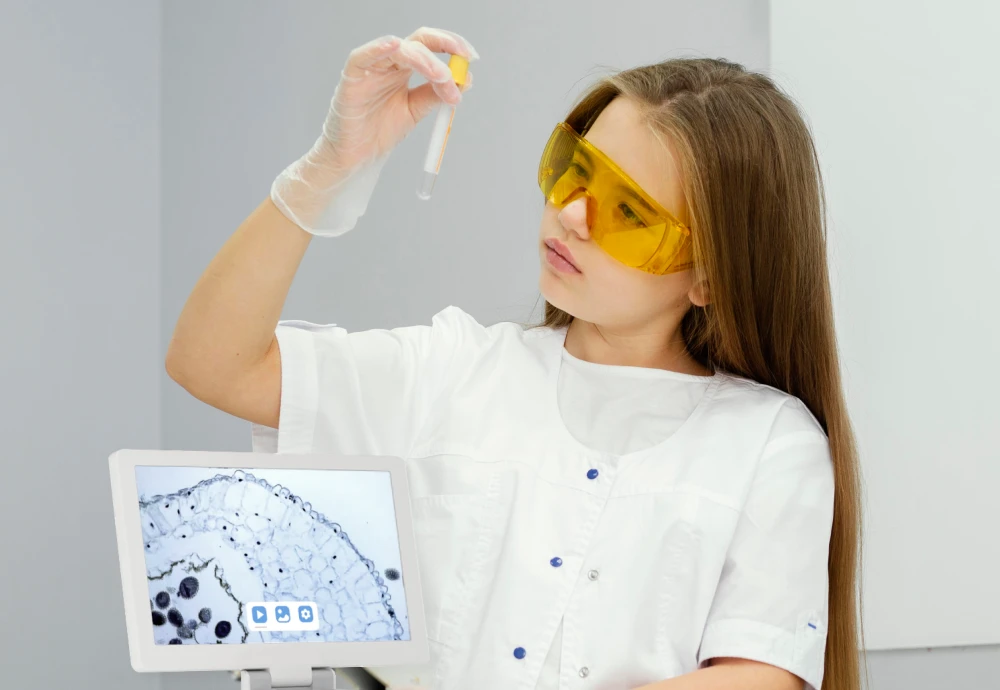Demystifying the Technology: How Does a Digital Microscope Work?

The world of microscopy has been revolutionized with the advent of digital technology, making it possible to explore microscopic realms like never before. But how does a digital microscope work? Let’s delve into this fascinating subject.
Digital Microscopy: A Peek into the Mechanism

A digital microscope differs from traditional microscopes in its method of image generation. Instead of using an eyepiece or binoculars, it captures images digitally and displays them on a screen for viewing. This makes it ideal for sharing observations with others, either in real-time or by saving images for later analysis.
Understanding How Does a Digital Microscope Work
The functioning principle behind any microscope is magnification; however, digital microscopes achieve this differently than their optical counterparts. The key lies within their unique design that integrates optics and electronics seamlessly together.
Anatomy of the 1200X Touchscreen Digital Microscope

This particular model, boasts triple cameras and an impressive 1200x magnification capability. It works by illuminating the specimen through LED lights while capturing high-resolution images via its built-in camera system.
Benefits & Applications: Beyond Just Magnification
The 1200X Touchscreen Digital Microscope with Triple Camera isn’t just about offering high magnifications – there are numerous other benefits too! From educational purposes to professional research applications, these devices have found widespread use across various fields.
Trends in Digital Microscopy: Staying Ahead
The world of microscopy is continuously evolving, with digital technology driving many exciting advancements. By staying abreast with these trends, you can ensure that you’re making the most out of your digital microscope.
How Does a Digital Microscope Work: Exploring the Core Components
The functionality of a digital microscope is primarily attributed to its core components. The optical system focuses on the specimen, and an image sensor captures this view electronically. This electronic data is then converted into pixels that produce an image on your screen.
Digital vs Optical Microscopy: A Comparative Analysis
While both types of microscopes serve similar purposes, their mechanisms differ significantly. As we’ve learned about how does a digital microscope work, it’s clear that these devices offer several advantages over traditional optical microscopes – including easier sharing and saving of images, higher magnification levels without loss in resolution, and more.
Delving Deeper into How Does a Digital Microscope Work
A key aspect of understanding how does a digital microscope work lies within its imaging process. Once light reflects off or passes through the sample being observed, it travels up through the objective lens where it gets focused onto an image sensor – essentially creating microscopic views for us to explore!
Making Your Experience Count with 1200X Touchscreen Digital Microscope
The 1200X Touchscreen Digital Microscope with Triple Camera, apart from offering high-resolution imagery and superior magnification capabilities also provides user-friendly features such as touch-screen operation and adjustable LED lighting options which make your microscopy experience truly engaging.
Trends Shaping Future Developments
The latest trends in microscopy technology are driven by advancements in digital imaging techniques. These developments promise even greater possibilities for research applications using digital microscopes.
Remember to check out other innovative products that can make your life easier, such as an innovative deshedding glove for pets, or an amazing back seat organizer here .
Final Word on How Does a Digital Microscope Work

We hope this article has shed light on the workings of digital microscopes. With their unique capabilities and diverse applications, these devices are indeed transforming our understanding of the microscopic world around us.










Leave a comment
You must be logged in to post a comment.